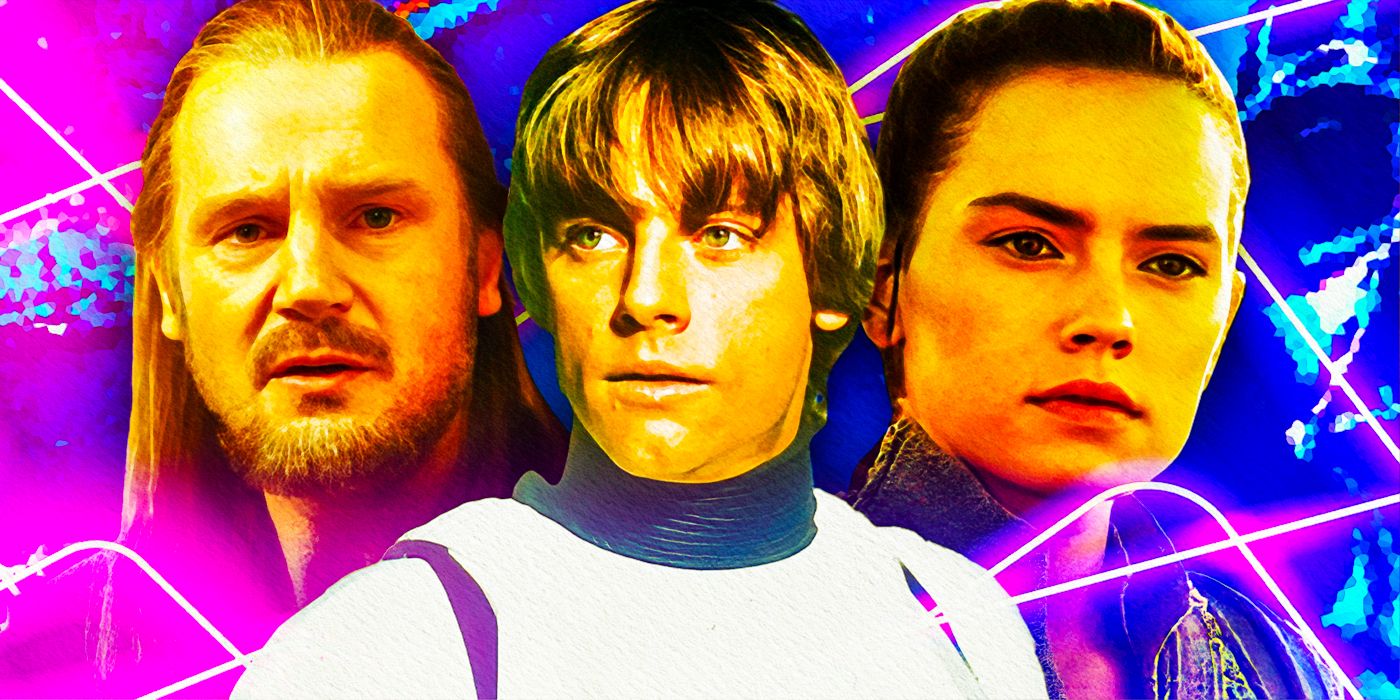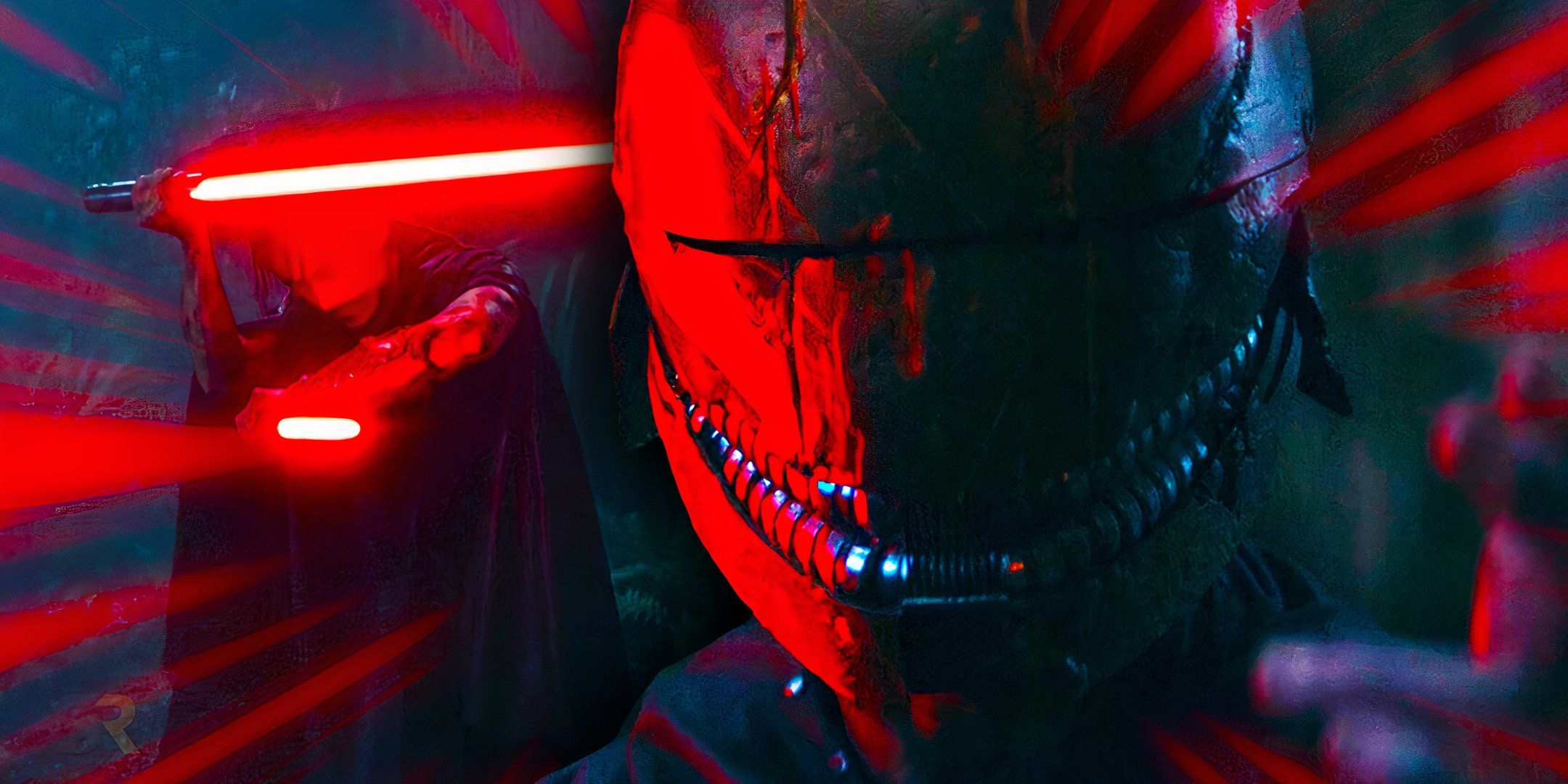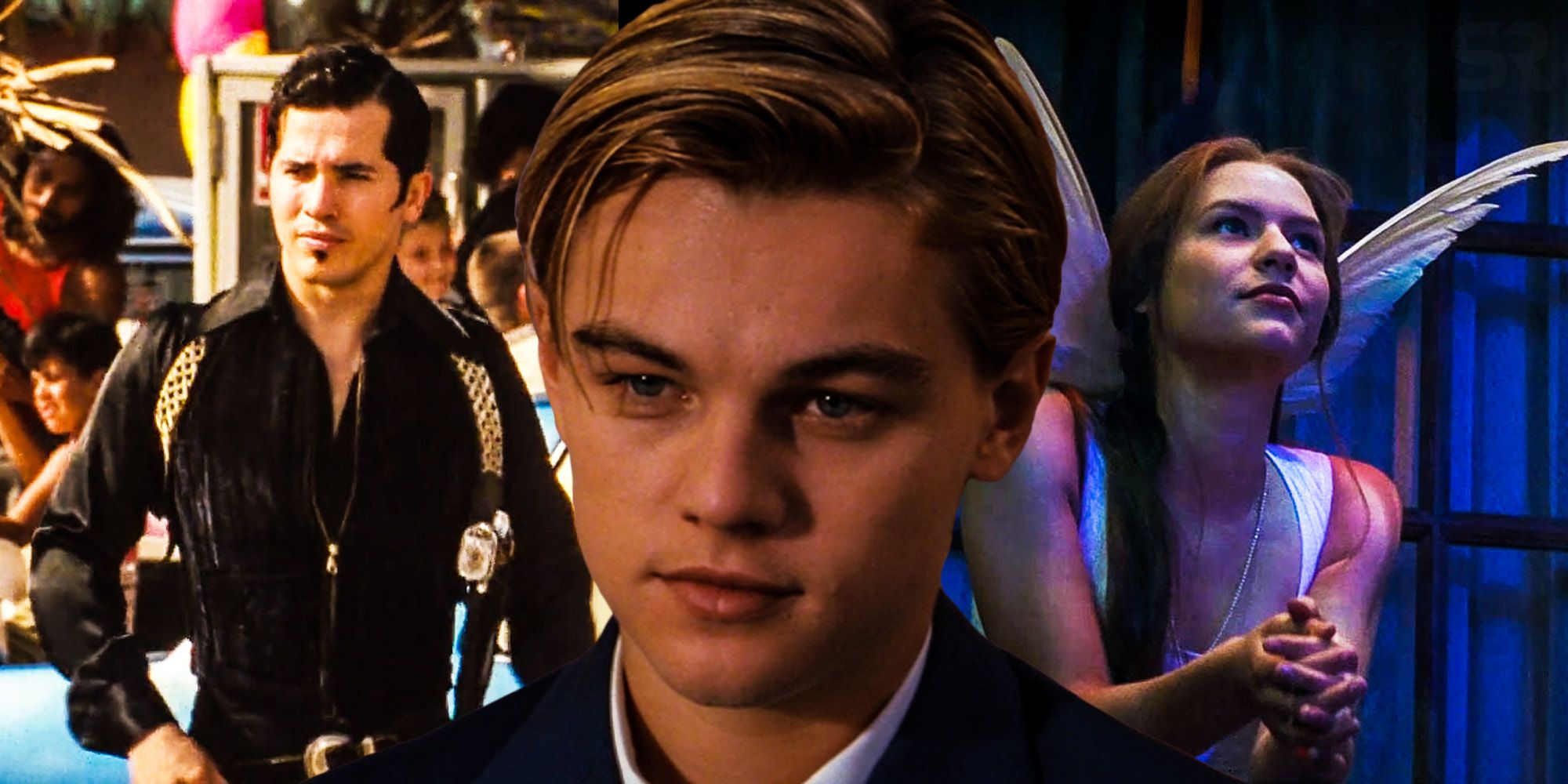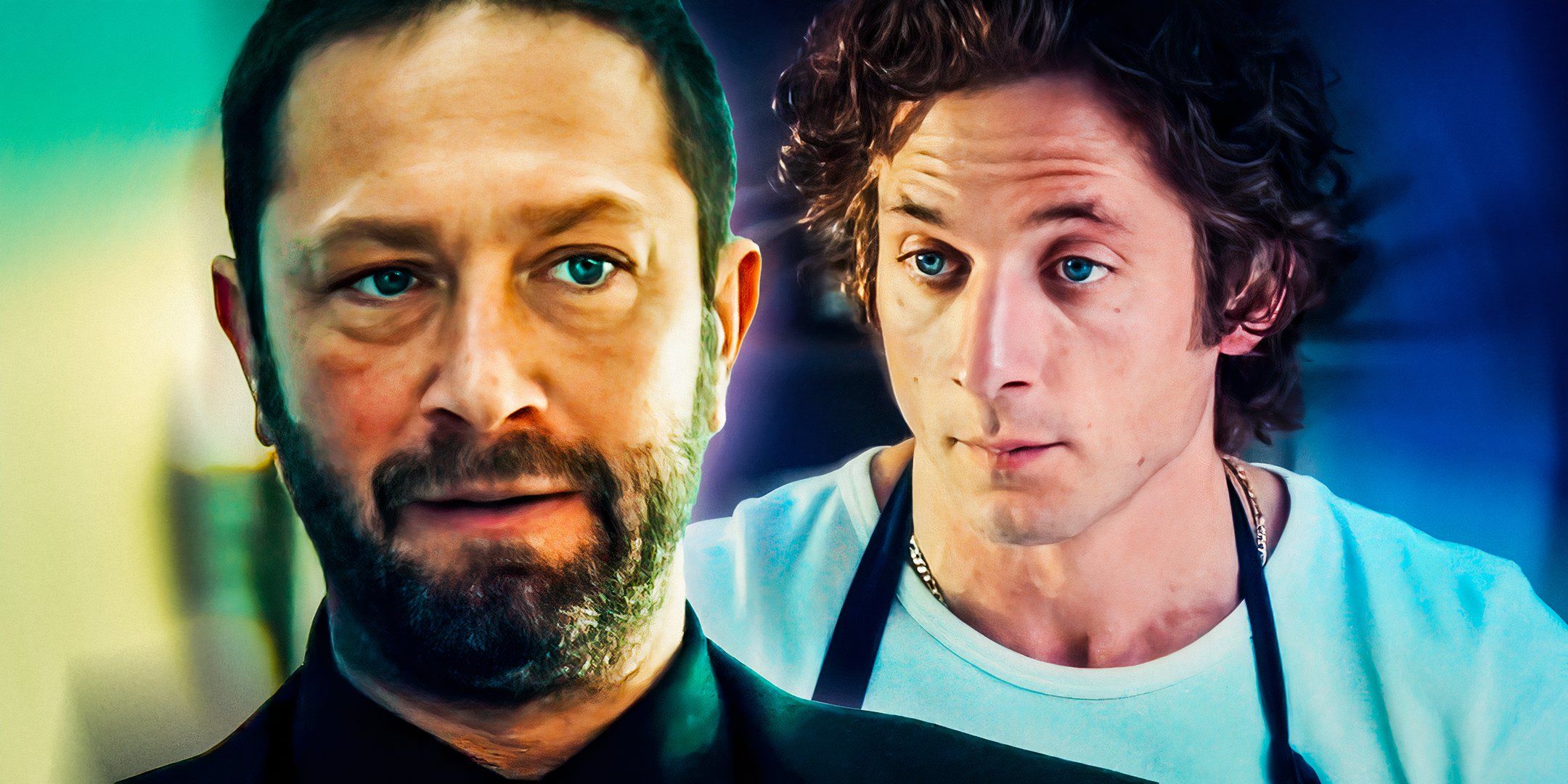One Hollywood animation studio needs to invest in live-action remakes of its classic films — and, judging by recent fare, it’s certainly not Disney. Pitched as a means of reintroducing their classic movies to younger audiences, Disney’s live-action remakes are more of a cash grab than anything else. While the 100-year-old Walt Disney Company is bumping up against movies and characters entering the public domain, the live-action remake strategy is less about safeguarding copyrights and more about taking the safer bet. After all, remakes of clearly beloved properties have massive built-in audiences.
More than ever, movie studios are investing in remakes, reboots, sequels, and spinoffs. If there’s a way to turn a beloved story into a multimedia empire or cinematic universe, Hollywood’s powers-that-be will find a way. After all, the film industry is a costly business. Like Disney, big-name studios much rather invest in sure-bet films with built-in fan bases rather than fund original ideas. While Disney’s live-action remakes have yielded mixed results, the idea isn’t a terrible one, so long as studios also invest creativity into their remake projects.
Disney’s Live-Action Remakes Have Been A Mixed Bag
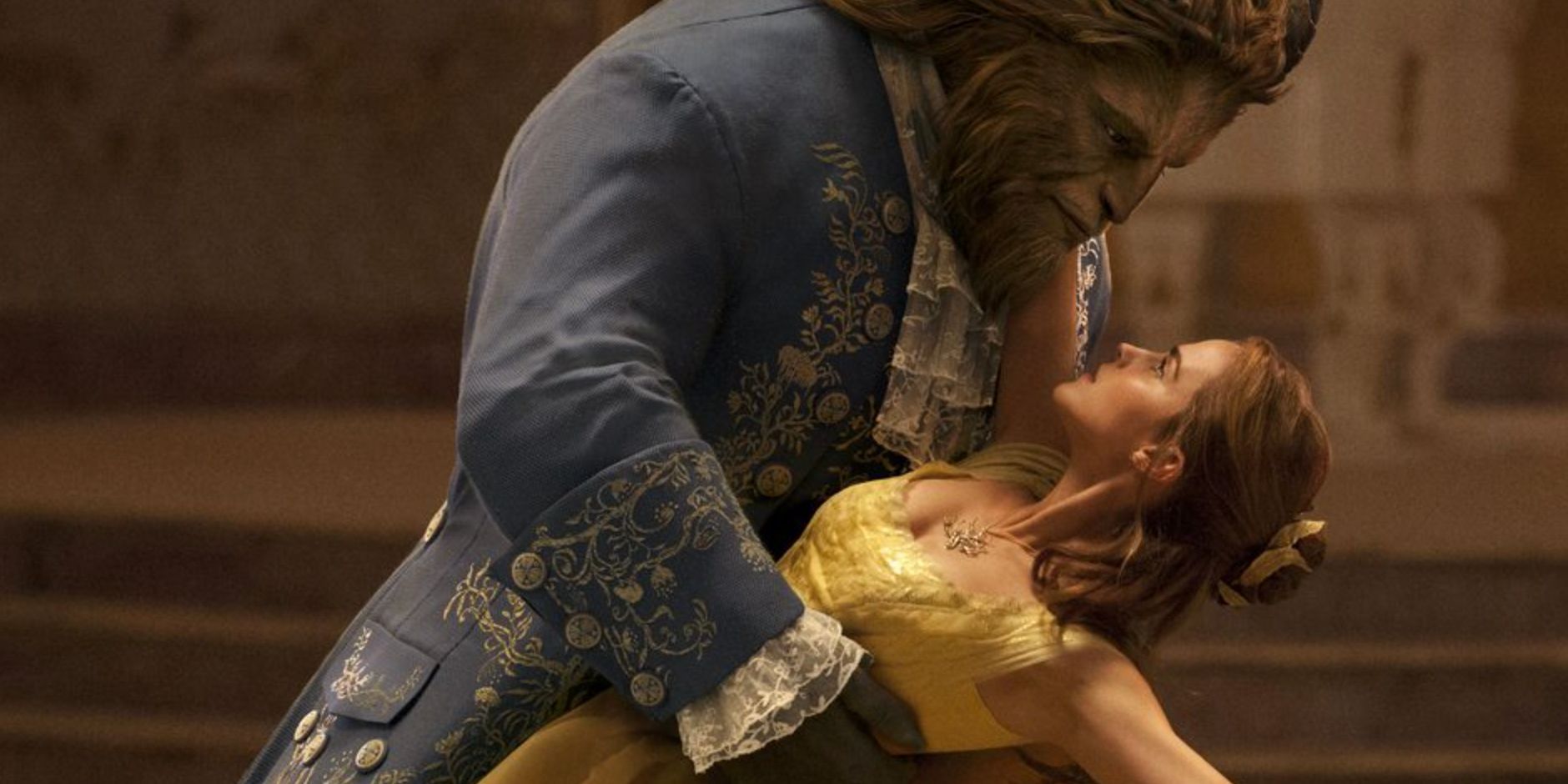
From a financial standpoint, Disney’s live-action remake game plan has had its ups and downs. While The Lion King (2019) garnered a whopping $1.663 billion at the worldwide box office, other titles, like Mulan (2020) and Dumbo (2019) have had much smaller returns. Apart from the box-office metric, it’s difficult to gauge whether Disney’s live-action remake strategy is working. By and large, the remakes have been panned by critics and fans alike. In comparing a live-action remake like Beauty and the Beast (2017) to its 1991 animated counterpart, it’s not hard to see why.
In fact, 2017’s Beauty and the Beast epitomizes Disney’s key live-action remake issue: it’s uninspired. With few exceptions to bloat the film’s runtime, it’s a shot-for-shot remake of the 1991 film — one of the few animated features to ever earn a Best Picture nomination at the Oscars. Between stilted performances, weak musical performances, and an over-reliance on CGI characters and environments, 2017’s Beauty and the Beast, and most other Disney live-action remakes, feel incredibly hollow. Put simply, instead of presenting new spins on well-worn stories, Disney’s remakes bank on fans’ goodwill and nostalgia.
DreamWork’s Movies Can Get More Creative In Live-Action Than Disney’s

While Disney might be missing the mark with its animated-classics-to-live-action-movie strategy, that doesn’t mean other animation studios should shy away from reinventing their beloved stories in a new way. DreamWorks, for example, has a whole catalog of animated movies that could make for great live-action experiences. The studio is already taking a stab at the process with a live-action How to Train Your Dragon remake. Instead of grafting nostalgia and memorable scenes onto a new format, DreamWorks can allow creativity to guide the process of translating its stories into a new medium.
